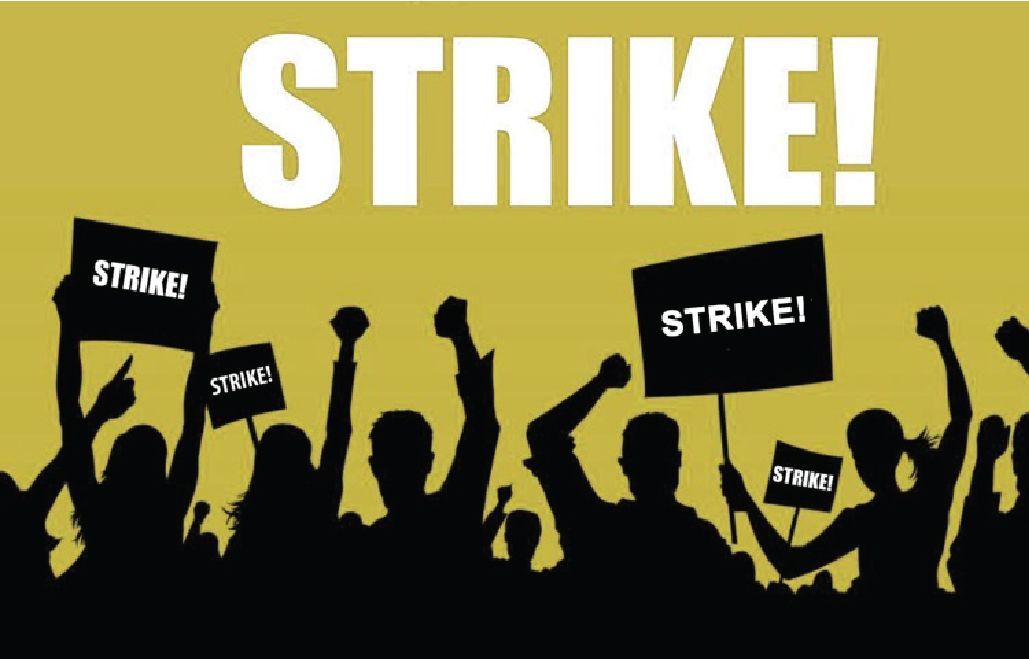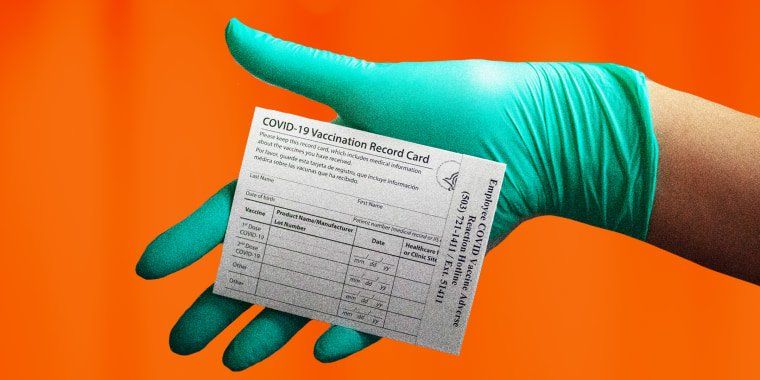Can the unpleasant consequences of the exercise of managerial prerogative be regarded as harassment?
In La Foy v Department of Justice and Constitutional Development and Others (J1952/2017) [2023] ZALCJHB 127 (8 September 2023), the Labour Court was called upon to shed some light on the intricate legal concepts involving harassment as a form of unfair discrimination within the meaning of section 6(3) of the Employment Equity Act 55 of 1998 (“EEA”).
The Applicant in this matter, Ms Gabriella La Foy, was formerly employed as a Director-General by the Department of Justice and Constitutional Development (“DoJCD”). Ms La Foy had referred a claim of unfair discrimination to the Labour Court, claiming that she experienced harassment during her tenure at the DoJCD.
Ms La Foy’s claim of unfair discrimination was premised on, among other things, the following allegations:
- Her branch that she was managing within the DoCJD was grappling with capacity issues due to staff shortages. She subsequently completed a request to fill up vacant positions which she considered critical and she had provided a motivation outlining the necessity of these positions. However, her request was declined, which she perceived as harassment.
- Several complaints were made against Ms La Foy, resulting in her receiving “audi alteram partem” (tell your side of the story) letters. She contended that the issued letters amounted to further harassment. While the DoCJD investigated the complaints against her, Ms La Foy was transferred to another position pending the finalisation of the investigation. She viewed this transfer as a demotion and an additional form of harassment. Over time, Ms La Foy felt marginalised, believing that her duties were being unfairly stripped away.
- She also claimed that she was denied international trip opportunities, which were part of her responsibilities, as well as leave requests being denied.
The above issues culminated in Ms La Foy first referring a dispute to the Commission for Conciliation, Mediation and Arbitration, and ultimately, the Labour Court, in which she claimed that the alleged harassment that she had experienced constituted unfair discrimination on arbitrary grounds.
THE LABOUR COURT PROCEEDINGS
The Labour Court had confirmed in relation to Ms La Foy’s claim that an action is arbitrary in where “it is whimsical or based on random choice or personal whim rather than any reason or system.” With this in mind, in analysing Ms La Foy’s claim, the Labour Court considered several authorities to dissect the legal definition of harassment in a workplace, including the following:
- the grammatical meaning of harassment involves “aggressive pressure or intimidation” and to harass means to “trouble by repeated attacks”;
- the Code of Good Practice on Prevention and Elimination of Harassment in the Workplace (“Code”) provides that harassment includes unwanted conduct which impairs dignity and which creates hostile and intimidating work environment;
- the Code also provides that harassment may also take the form of conduct that humiliates or demeans an employee; and
- section 1 of the Promotion of Equality and Prevention of Unfair Discrimination Act 4 of 2000 defines harassment as being “unwanted conduct is persistent or serious and demeans, humiliates or creates a hostile or intimidating environment or is calculated to induce submission by actual or threatened adverse consequences and is related to sex, gender or sexual orientation or association with specific grouping”.
The Court further noted that the grammatical meaning of harassment in a workplace could be easily used by employee to avoid the differentiation between the exercise of managerial powers on the one hand and harassment on the other. This means that an employee may seek to interpret a work-related instruction or decision, which is unsatisfactory to him/her, as constituting harassment. In this regard, the Court cautioned that consideration must be given to the potential over-sensitivity of employees bringing work-related harassment complaints (similar to how one could consider whether or not a party has been constructively dismissed). Accordingly, the Court in essence found that harassment in a workplace must be assessed objectively as opposed to being assessed subjectively.
Ultimately, the Court held that Ms La Foy’s claim did not meet the criteria of harassment when assessed objectively. Importantly, it held that merely because Ms La Foy was dissatisfied with the decision to declined her request to have positions filled, when viewed objectively, this could not be interpreted to constitute harassment in terms of the EEA. Instead, it was held that Ms La Foy’s claim amounted only to an unpleasant consequence of the exercise of management functions.
The Court accordingly found that Ms La Foy had failed to discharge the burden of proof that the DoCJD had unfairly discriminated against her and noted that the issue of capacity / staff shortages applied not only to her, but as other branches had also experienced similar problems. Furthermore, the Court dismissed Ms La Foy’s claim that the refusal to allow her to partaking in international trips amounted to unfair discrimination in the form of harassment. In this regard, the Court held that a failure to support a work-related function cannot amount to unfair discrimination nor was the decision to exclude her from the international trip whimsical (i.e., arbitrary). With regard to the decision to decline Ms La Foy’s request for leave, the Court held that in circumstances where there was an operational need to revoke a request for leave, an employer may do so provided that it does not completely take away those annual leave days allocated to an employee.
CONCLUDING REMARKS
The Labour Court’s finding in this matter provides a helpful insight for employers on how a Court may evaluate claims of workplace harassment and unfair discrimination.
What is clear from this judgment is that there is a differentiation between a simple work-related instruction, constituting the exercise of managerial prerogative, and an instruction that may demean one’s dignity, ultimately constituting unfair discrimination in the form of harassment. Ultimately, it remains important for employers, as far as is reasonably possible, to create a workplace free of harassment to avoid liability for claims in terms of EEA.
This article was reviewed by Lee Masuku, a Director of Wilken Incorporated. This notwithstanding, no information provided herein may in any way be construed as legal advice. Fact specific advice must be sought before any action is taken based on the information provided in this article, and consent must be obtained from Wilken Incorporated before the information in this article is reproduced in any way. Wilken Incorporated disclaims any responsibility for actions taken without proper consultation/ consideration by it and/or information reproduced without its consent.
Wilken's Ink



